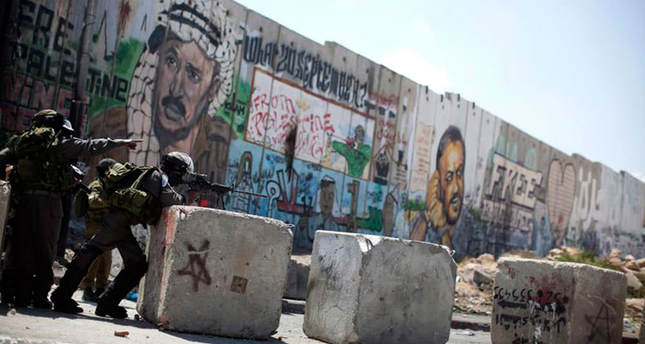Barriers Still Divide 25 Years After Berlin’s Wall Fall

It is one of the most potent symbols of the 20th century and the whole world is celebrating the 25th anniversary of its fall on November 9. Known in history as the wall of shame, the Berlin Wall had divided East from West for 28 years, until November 9 1989.When Germany lost World War II in 1945, the Soviet Union controlled East Germany. People unhappy with life in East Germany began fleeing in the late 1940s. By 1961, 2.7 million people –15 percent of the population – had left. East Germany was unhappy about losing so many workers so they built a large wall through the heart of Berlin, splitting East from West. The idea was to keep East Germans in, preventing them from gaining access to the West.Many families and friendships were torn apart by the wall. Newlyweds in West Berlin sometimes climbed ladders so that relatives on the other side of the wall could see them in their wedding clothes. East Germans tried many things to cross into West Berlin, such as digging tunnels and using hot air balloons and it is not known how many died trying to cross into West Berlin. After international calls on the Soviets to tear down the wall, and following increasing frustrations with communist rule, East German leaders surprisingly opened the border on November 9 1989.Although this wall is remembered as "tragic" and "shameful," barriers still keep dividing regions, separating families and making strangers of former neighbors.The wall running through the West Bank, which is called the "security fence" by Israel, the "apartheid wall" by Palestinians or "separation barrier," depending on whom you ask, has become one of the most visible manifestations of Israeli military occupation and the world's most emotionally charged constructions of the past 10 years. Despite being different from the Berlin Wall, this separation wall divides a region and isolates people trapped between walls as well.The wall of shame in the West Bank stemmed from former Israeli Prime Minister Ariel Sharon's statements on forming a buffer zone for the purpose of security. Sharon approved the construction of the first part of the wall, which is said to be 700 kilometers to 750 kilometers in length through the Green Line, and the process started on June 3, 2002. Having cost over $2.6 billion so far with a maintenance cost of $260 million per year, Israel's ever-expanding "separation barrier" stands at twice the height and more than four times the length of the Berlin Wall.While Israel claim that the wall was built in order to provide security, it actually confiscates up to 50 percent of the West Bank. The barrier leaves almost 16 percent of West Bank Palestinians between the barrier and the Israel-West Bank border, which indicates that the wall does not keep Palestinians and Israelis apart, but rather increases the crisis faced by Palestinians. Turning Palestinian towns into isolated enclaves, the wall is making daily life unbearable for many people, cutting off communities and families from each other, dividing Jews from Muslims and Israelis from Palestinians, separating farmers from their land and Palestinians from their places of work, education and health care facilities. This isolation is also speeding the collapse of an already decreasing economy.The wall is armed watchtowers and a "buffer zone" 30 meters to 100 meters wide for electric fences, trenches, cameras, sensors and military patrols. In some places, the wall consists of layers of razor wire, sand paths to trace footprints, ditches, surveillance cameras and in the middle, a three-meter electric fence.The Israeli military has created "gates" in the wall, but these just strengthen Israel's system of checkpoints where Palestinians are beaten, detained, shot at and humiliated.Celebrating the 25th anniversary of the fall of the Berlin Wall will reveal the hypocrisy of human nature one more time. As people and leaders across the world join celebrations for the demise of a wall, they forget the prevalence of another. Many will once again praise the courage of East Germans, however they will forget that this courage in the West Bank has left hundreds of people injured.Unfortunately, recent developments demonstrate that tensions between Israel and Palestine continue to grow, and a peaceful resolution of the Israeli-Palestinian conflict remains out of sight As Israel fails to learn the lessons that should be learned from East and West Berlin in November 9, 1989, we should pay attention to these same people in Palestine who are currently living in a caged environment while Israel's confiscation of Palestinian land continues. As can easily be seen from history, walls and barriers do not prevent crises. Instead, they just increase tension.
Last Update: November 09, 2014 16:09
